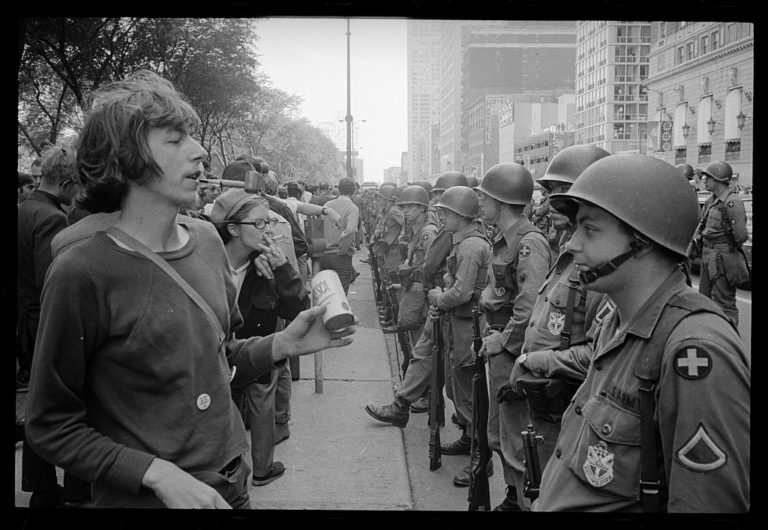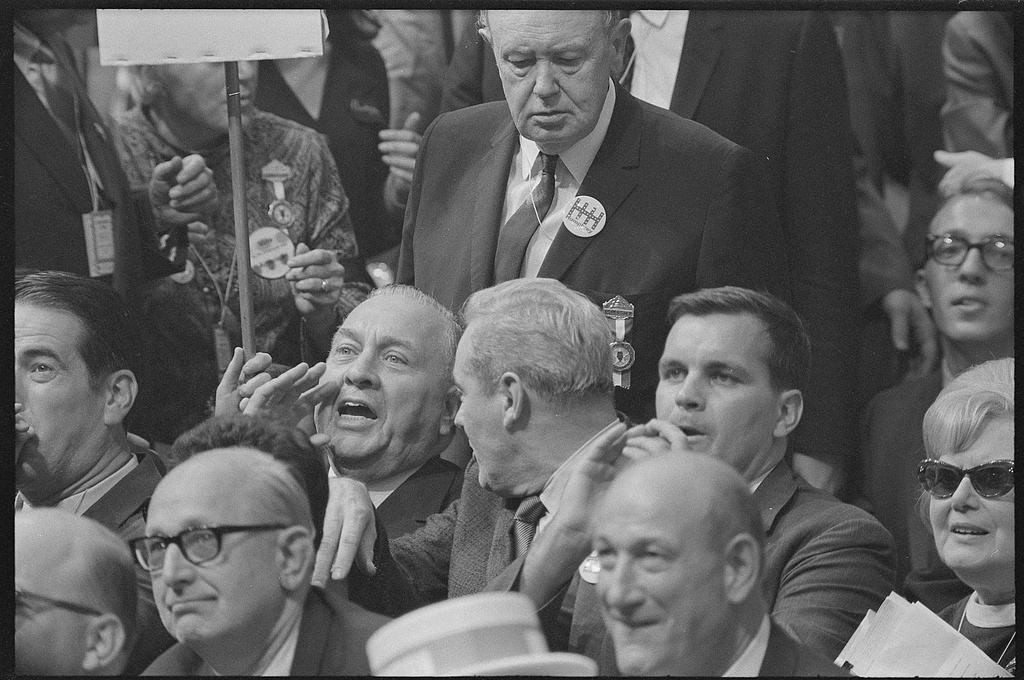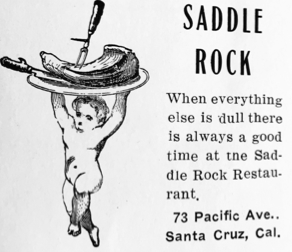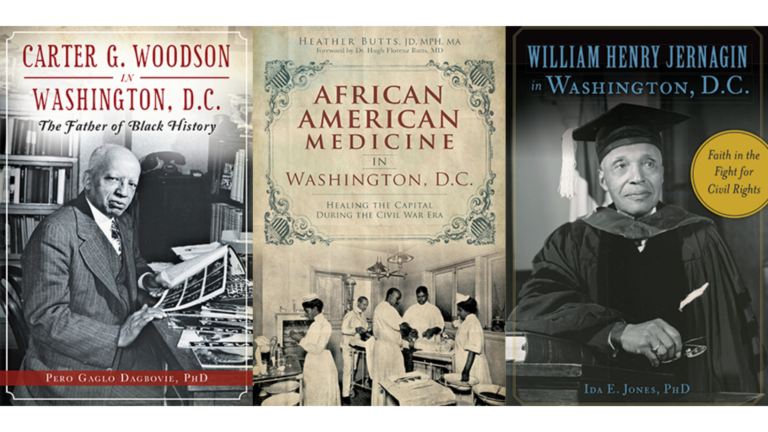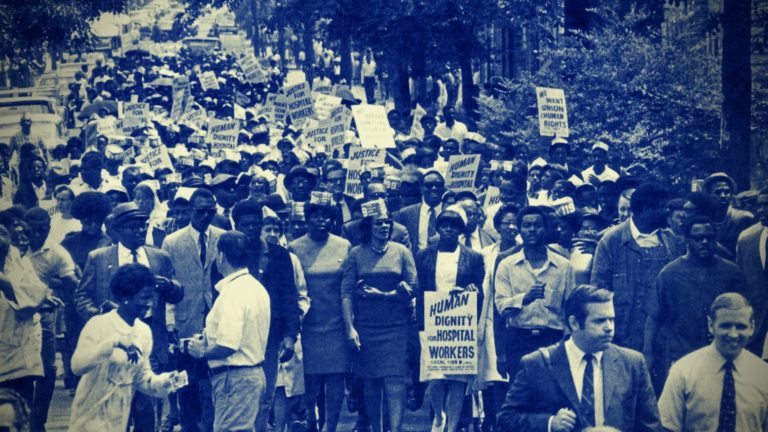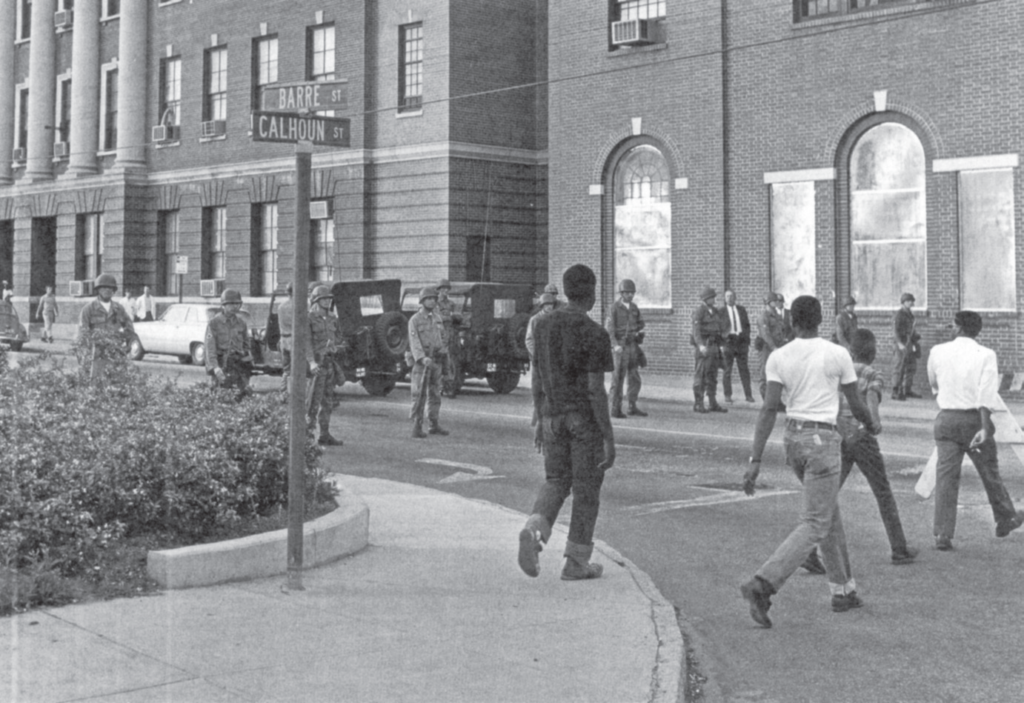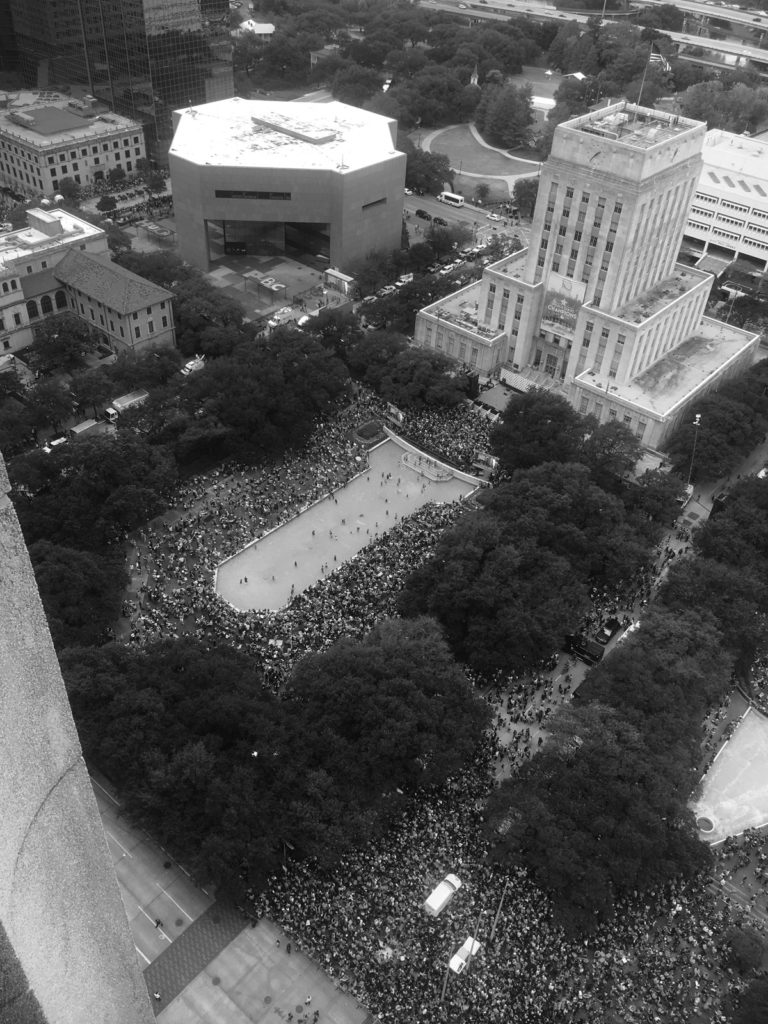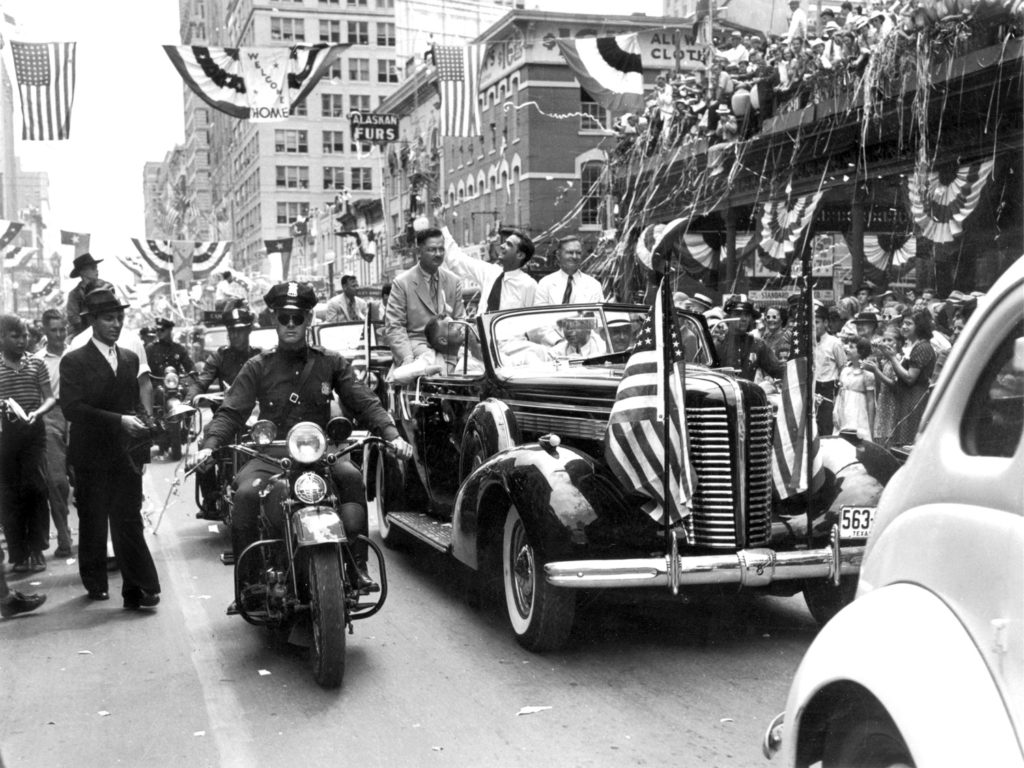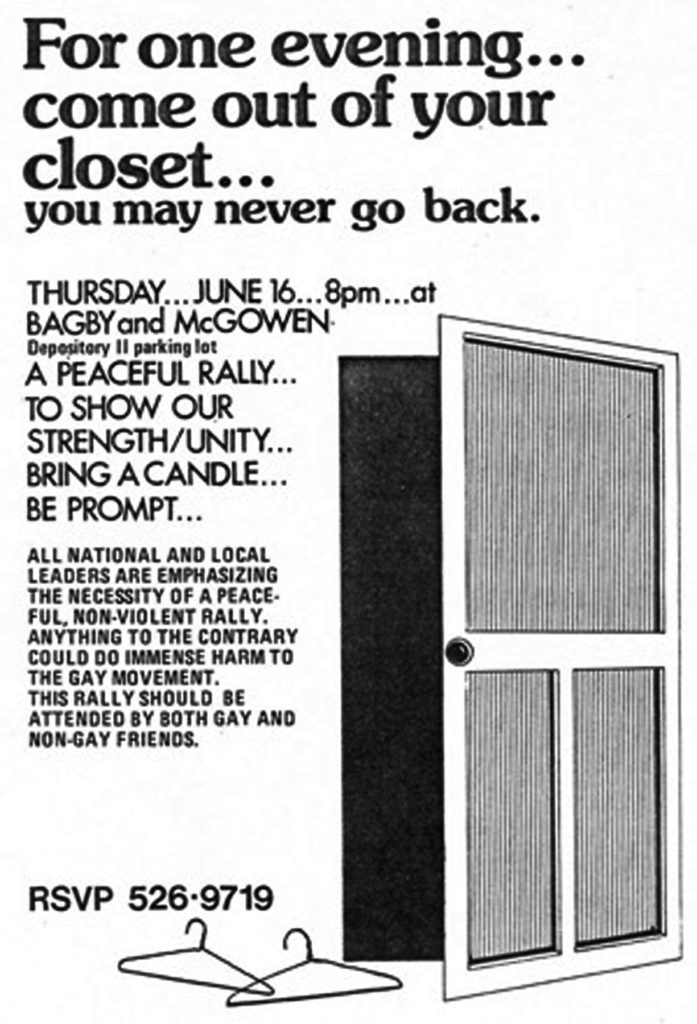Ghosts are a hearty lot. They persist long after their first sighting and may carry with them the history of a significant event, or the soul of a cherished local landmark. Their tales are perennial and evergreen, but they transport more than dread. Some tales of the paranormal provide an unbroken narrative chain from one generation to the next. And Pennsylvania has some of the most durable ghost stories in American history.
The Lady in White
Although not unique to Pennsylvania, so-called White Ladies have been reported in Europe over the centuries. The compelling ghost story seems to have made the trip over the Atlantic Ocean. Both Wopsononock Mountain and Buckhorn Mountain have stories of the White Lady dating back to the late 1800s. Lore of the Lady in White typically involves a couple in a deadly accident on a narrow mountain road. The doomed couple’s horse and carriage lost control and wrecked traveling the bend known as the Devil’s Elbow, with the most harrowing version including decapitation. The bride is believed to be searching for her husband (or maybe his head), dressed in a white wedding dress. Witnesses claim to see her looking for a ride from lonely drivers. The “vanishing hitchhiker” story recurs in several urban legends beyond Pennsylvania, but dozens in Schuylkill County have reported a bright white apparition roaming the woods. She is described to be the shape of a girl traveling in circles as if she were lost. Lehigh Valley has a Lady in White that is known to walk the canal and float on the water. The Luzerne County Courthouse is home to a White Lady that hangs around the second floor. Even the Jarrettown Hotel in Montgomery County is home to a beautiful Lady in White standing in an upstairs window — everyone knows ghosts love old hotels. Indiana, Blair, Bedford, Lehigh, Delaware, Franklin, and Erie Counties are all home to similar versions of the Lady in White.
Slag Pile Annie

Steel and iron industries built modern Pennsylvania and shaped Pittsburgh into a modern city. Even though few of those mills exist today, the stories from the boom times remain — including a few ghost stories. Working in a steel mill wasn’t easy, and horrific accidents claimed countless victims. Of all of the steel mill “ghosts,” the most famous is Slag Pile Annie. Driving a buggy that pulled empty hopper cars through a tunnel that ran under the blast furnaces, a young man collected the hot slag that spilled during the steelmaking process. On a typical workday, while making a run through the poorly lit tunnel, the worker spotted a middle-aged woman. His foreman later told him that he had met Slag Pile Annie, who had burned to death by hot slag five years prior to their introduction. We’re not sure if that cautionary tale was included in the employee handbook.
Campus Paranormals
Hotels, woods, and hospitals are all popular haunts for apparitions, but libraries? Pennsylvania is home to more than a few studious spooks. Mansfield University’s North Hall Library, Pennsylvania State University’s Pattee Library, the Andrew Bayne Memorial Library, and the Easton Public Library all have alleged supernatural residents. Two have older women wanderers, the other has college-aged spirits. Obviously, stories conflict, but in general, the ghosts are benign, not unlike a kindly librarian. What’s a college campus without a ghost story or two?
This Old Haunted House

Do ghosts like historic preservation? In Bellevue Borough, the Andrew Bayne Memorial Library is housed in a mansion from 1875. Some believe, however, that Andrew’s daughter Amanda’s spirit continues to occupy her former home. Librarians recount that once during children’s storytime, an overhead fan turned on. Was Amanda showing her approval for children’s programs? The historically-sensitive renovation appears to have the host’s approval. Everyone’s a critic!
The Lake Erie Sea Serpent

Pennsylvania has its share of ghosts, but the supernatural lives in physical form in Lake Erie. The Keystone State has the distinct honor of its own Loch Ness Monster: South Bay Bessie, a nineteenth-century serpent. The first mention of a monster in Lake Erie came in 1817 when a schooner crew reported a creature thirty-five to forty feet long and a foot around. The mystery guest was spotted again in 1854, while the size of the beast changed in multiple sightings as the decades passed. Were there multiple creatures, or maybe ambitious (or confused) snakes..? There are still no photos of Bessie. She’s probably just too shy to pose for a selfie.
The Wolf Boy
Werewolves are so eighteenth century. With a modern twist on the classic old county monster, Shenango Valley in northwestern Pennsylvania produced a “wolf boy” who was seen in the 1960s. If you’re likely to believe teenagers, then their recollection of a strange bipedal, wolf-like beast sure sounds like a werewolf! Stories persist into this century of a man-like beast with dark fur lurking in the woods near Hermitage. Fortunately, wolf-man encounters are limited to woods near college campuses, and to witnesses who had been drinking.


